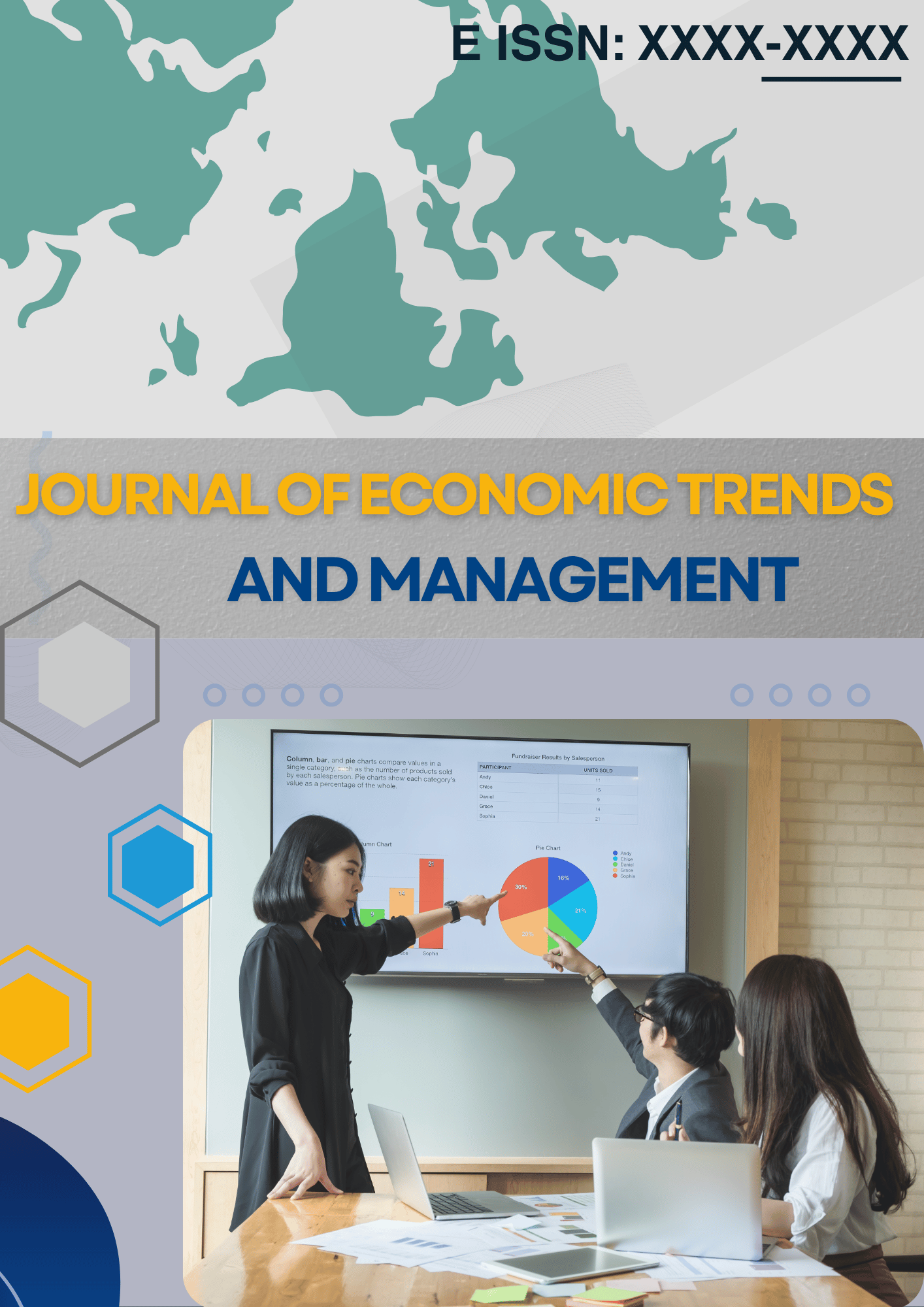Digital Marketing Strategies and Consumer Purchase Decisions in Post-Pandemic Fashion Retail
Keywords:
Digital Marketing Strategies, Consumer Purchasing Decisions, Fashion RetailAbstract
Purpose: This study aims to examine the influence of digital marketing strategies on consumer purchasing decisions in the fashion retail industry during the post-pandemic era. The research investigates the effectiveness of various digital marketing approaches—such as social media marketing, email campaigns, influencer marketing, search engine optimization (SEO), and mobile marketing—in shaping consumer behavior and preferences in a highly digitized, post-COVID-19 consumer landscape.
Subjects and Methods: Employing a quantitative descriptive-inferential design, this study analyzed primary data collected through structured questionnaires distributed to 400 fashion retail consumers across major urban centers in Indonesia. The sampling technique used was purposive sampling, targeting active online fashion shoppers. The analysis involved descriptive statistics, Pearson correlation, and multiple linear regression to determine the strength and direction of the relationships between digital marketing variables and consumer purchasing decisions.
Results: The findings reveal that social media marketing and influencer endorsements exert the strongest positive influence on purchasing decisions, followed by mobile marketing. Email campaigns and SEO strategies demonstrated moderate effects. Regression analysis confirmed the statistical significance of these variables, with social engagement and perceived authenticity emerging as key psychological mediators of consumer trust and intent to purchase.
Conclusions: The study concludes that digital marketing strategies are critical drivers of consumer decisions in the post-pandemic fashion retail market. To remain competitive, fashion brands must prioritize integrated, consumer-centric digital campaigns that align with shifting preferences and digital consumption patterns.
References
Arribas Ibar, M. (2021). Knowledge biases in supplier-based innovation ecosystems.
Bunt, G. R. (2022). The Net Imam Effect: digital contestations of# Islam and religious authority. Cyber Muslims: Mapping Islamic Digital Media in the Internet Age, 19. http://dx.doi.org/10.1080/0048721X.2024.2289305
Burt, R. S., & Soda, G. (2021). Network capabilities: Brokerage as a bridge between network theory and the resource-based view of the firm. Journal of Management, 47(7), 1698-1719.
Chowdhury, T. E. C. T. E., Chowdhury, R. C. R., Rahman, M. M. R. M. M., & Sunny, A. R. S. A. R. (2022). From Crisis to Opportunity: How Covid-19 Accelerated the Global Shift to Online Business. Pathfinder of Research, 3(1), 18-18. https://doi.org/10.69937/pf.por.3.1.34
Holloway, S. (2024). Exploring the impact of real-time supply chain information on marketing decisions: Insights from service industries.
Hu, J., Wang, H., & Liu, Y. (2023). Strengthening Digital Marketing Security Website Threat Isolation and Protection Using Remote Browser Isolation Technology. Computer-Aided Design and Applications, 56-74. http://dx.doi.org/10.14733/cadaps.2024.S4.56-74
Lee, M. T., & Theokary, C. (2021). The superstar social media influencer: Exploiting linguistic style and emotional contagion over content?. Journal of Business Research, 132, 860-871.
Maehle, N., Presi, C., & Kleppe, I. A. (2022). Visual communication in social media marketing. The SAGE handbook of social media marketing, 291-306.
McTiernan, N. (2021). COVID-19 and the dynamics of digital transformation: Reshaping the fashion industry (Doctoral dissertation, Dublin Business School).
Musselwhite, C., Avineri, E., & Susilo, Y. (2021). Restrictions on mobility due to the coronavirus Covid19: Threats and opportunities for transport and health. Journal of transport & health, 20, 101042.
Nosike, C. J., Nwosu, K. C., & Nosike, U. C. (2024). Exploring the Next Steps for Technology: A Post-Pandemic Perspective on the Future of ICT in Business. JOURNAL OF EMERGING TRENDS IN MANAGEMENT SCIENCES AND ENTREPRENEURSHIP, 6(1), 89-102.
Peirats, A., & Arteaga, F. (2024). ETHICAL FRONTIERS IN THE DIGITAL AGE: THE COMPLEXITIES OF INFORMATION MANAGEMENT. In ICERI2024 Proceedings (pp. 1451-1456). IATED.
Pellegrino, A. (2024). Decoding Digital Consumer Behavior: Bridging Theory and Practice. Springer Nature.
Rowles, D. (2022). Digital branding: a complete step-by-step guide to strategy, tactics, tools and measurement. Kogan Page Publishers.
Singh, S. (2023). Fashion marketing. LWRN Studio.
Tsepkova, M. (2024). Digital/social media marketing and digital consumer behavior on global markets (based on Business Media Network case) (Doctoral dissertation, Private Higher Educational Establishment-Institute “Ukrainian-American Concordia University").
Downloads
Published
Issue
Section
License
Copyright (c) 2025 Journal of Economic Trends and Management

This work is licensed under a Creative Commons Attribution-ShareAlike 4.0 International License.






